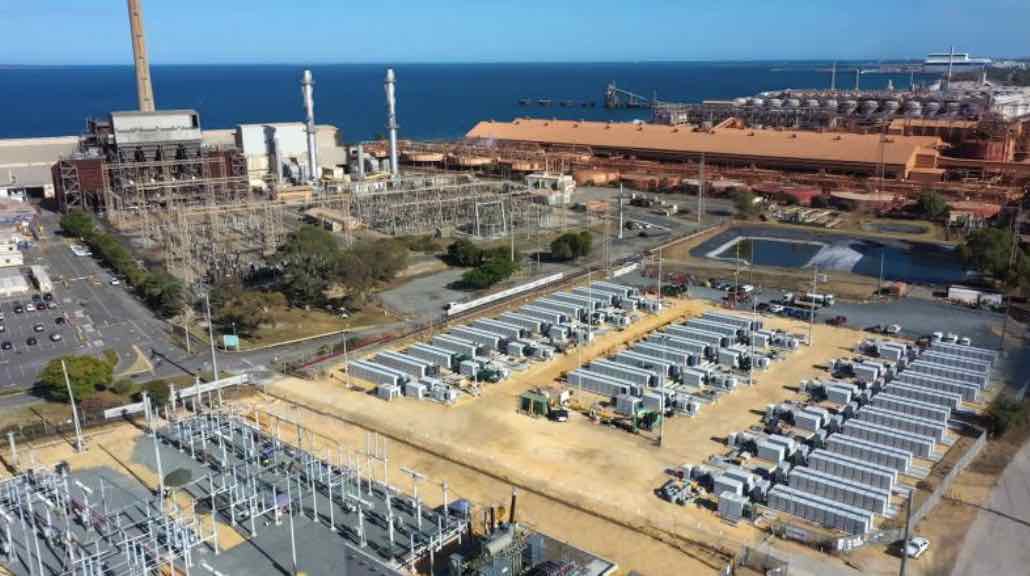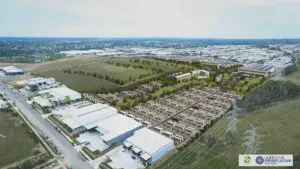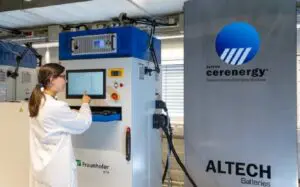The arrival of big battery projects in Western Australia appears to have already addressed one of the key vulnerabilities facing the country’s, and the world’s, biggest isolated grid – ever diminishing minimum demand levels.
The biggest threat to grid reliability is often thought to be a lack of supply at the times of peak demand, but the enormous growth of rooftop solar PV across Australia has led to a new challenge at the other end of the spectrum – not enough demand at times of peak supply.
Rooftop solar output has grown so strongly that in some states – such as South Australia – enough power is generated from homes and businesses to match demand at any one point in time, and the market operator has been forced to create a new trigger point – minimum system load – to co-opt batteries and other technologies to address the issue.
In South Australia and other states the situation can be more easily managed because it they have links to other states, but there is no such luxury in the isolated W.A. grid, which has no ability to import or export power when needed.
But it seems that the first big battery to be connected to the main W.A grid, the 100 megawatt (MW), 200 megawatt hour (MWh) Kwinana stage 1 facility, is already addressing the issue, charging up in the middle of the day, soaking up rooftop solar and lifting demand levels all at the same time.
A new report from Perth-based energy analysts Ampere Labs demonstrates how this has been done. Ampere principal Julius Susanto, a former senior engineer with AEMO, says the record minimum demand in W.A.’s main grid of 595 MW – was set in September 2023.
“This September, the record would have been broken had it not been for Kwinana BESS at near full charge during the middle of the day,” he writes.

This graph illustrates the difference with what would have occurred without the battery, and what happened when the battery charged, boosting demand by around 100 MW.
Susanto believes that the minimum demand records may have already become a thing of the past, given the activity of the first Kwinana battery on the grid, and the imminent commissioning of its bigger (200 MW, 800 MWh) second stage Kwinana battery, and the construction and commissioning of the two giant Collie batteries.
The first of the these, a 200 MW, 800 MWh stage of Neoen’s Collie battery has already been registered with the market operator and is now entering the commissioning process. That battery will grow within two years to 560 MW and 2,240 MWh, making it the biggest in the country, and one of the biggest in the world.
Another huge battery, the 500 MW, 2000 MWh Synergy battery is also under construction, and had its first battery units installed this week.
Those batteries all have specific contracts to flatten the so-called so ducks, so will be charging up over a four hour period in the middle of the day, and re-injecting it into the grid in the evening peaks.
Check out the latest episode of Renew Economy’s weekly Energy Insiders podcast to hear Ampere Labs’ Julius Susanto discuss more about developments on the W.A grid.











Leave a Reply